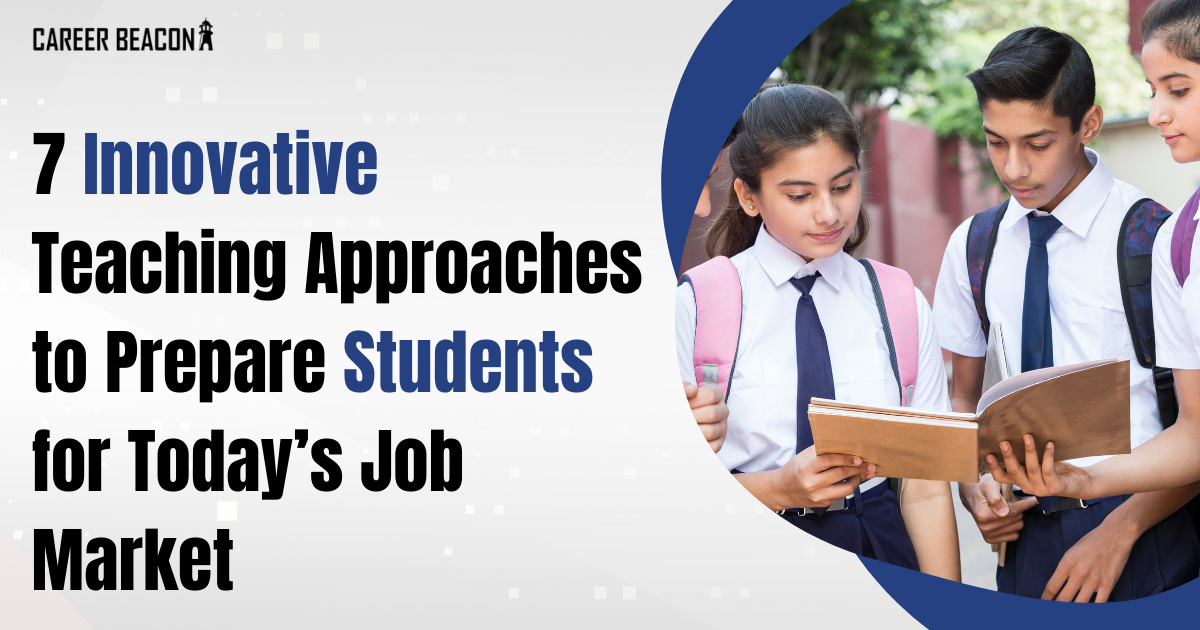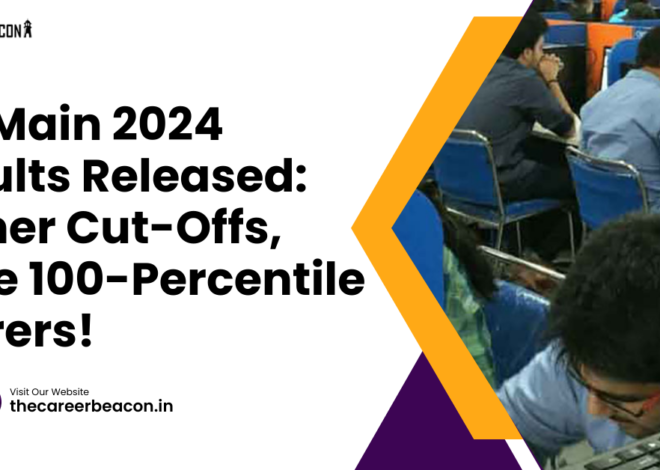
7 Innovative Teaching Approaches to Prepare Students for Today’s Job Market
In the midst of an ever-evolving digital landscape, the job market is undergoing significant transformations. Companies worldwide are rapidly adopting advanced technologies, automating various functions, and leveraging digital solutions to maintain a competitive edge.
This technological disruption is reshaping existing job roles and creating new career opportunities in specialized fields, underscoring the need to equip the workforce with relevant skills to thrive in the future.
According to a report, 81% of organizations surveyed reported a shortage of skilled tech workers, highlighting the urgency for educational institutions to revamp their curricula to bridge existing gaps and meet future demands effectively.
Here are a few methodologies for aligning higher education with industry demands in 2024 through the following strategies:
1. Cultivating Digital Learning Environments
Traditional classrooms are being replaced by digital learning solutions, offering immersive and interactive experiences. Virtual reality (VR) simulations, for example, provide hands-on job experience, enhancing career readiness. Moreover, digital platforms offer accessibility to a diverse range of courses, fostering engagement and effectiveness.
2. Developing Future Skills like AI, ML, and Data Analytics
Educational institutions must offer courses focusing on emerging technologies like artificial intelligence (AI) and machine learning (ML) to stay abreast of industry trends and provide a competitive edge in the job market.
3. Embracing Personalized Learning
Moving away from a one-size-fits-all approach, personalized learning caters to individual preferences and needs. Customized courses and flexible learning modules enable students to identify and strengthen their weak areas, fostering better outcomes.
4. Strengthening Industry-Academia Partnerships
Collaborations between educational institutes and industries help align curricula with real-world demands, ensuring students are equipped with relevant skills and knowledge. This partnership also fosters innovation and provides access to resources.
5. Promoting Multidisciplinary Learning
Encouraging students to draw from diverse disciplines fosters versatility and adaptability, essential in tackling complex challenges. By integrating knowledge from various fields, students develop holistic solutions.
6. Implementing Experiential Learning
Hands-on experiences, such as internships and project-based assignments, bridge the gap between theoretical knowledge and practical application, preparing students for real-world challenges.
7. Fostering Collaborative Learning
Encouraging teamwork and problem-solving in educational settings mirrors the collaborative nature of modern workplaces. Collaborative learning environments enhance communication skills and promote mutual respect among students.
By adopting these innovative teaching methods, educational institutions can ensure students are not only equipped with technical skills but also possess critical thinking and adaptability required to excel in today’s dynamic job market. This holistic approach prepares graduates to lead and innovate in the face of future challenges.


